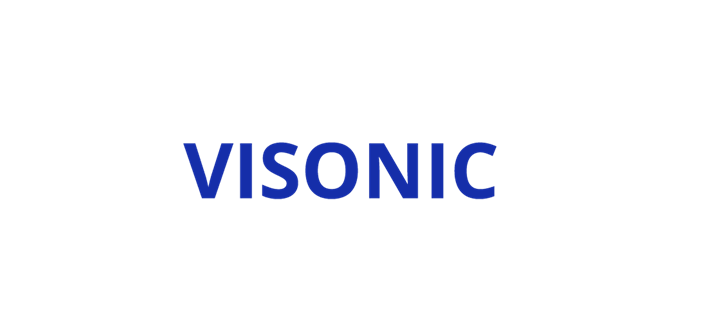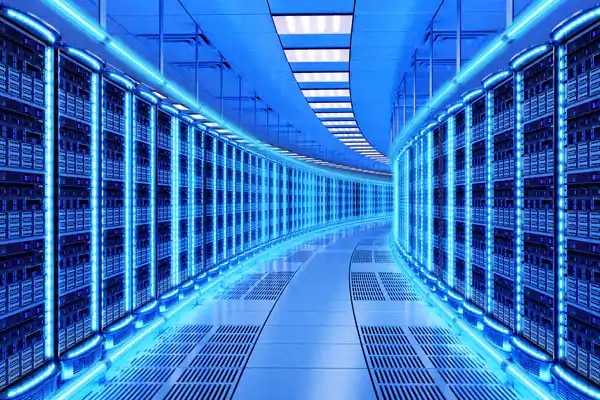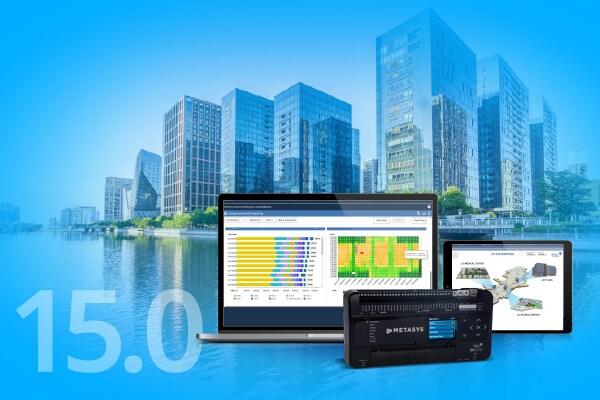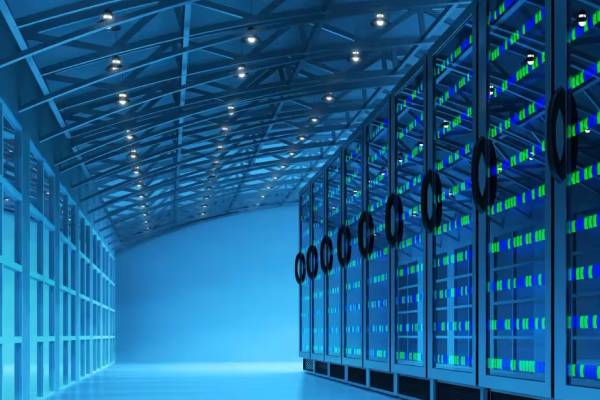- Johnson Controls
- Building Insights
- Meeting the needs of tomorrow’s students with digital transformation and funding
Meeting the needs of tomorrow’s students with digital transformation and funding
At ASBO 2019 Annual Conference & Expo, Johnson Controls K-12 education experts were involved in meaningful discussions around creating an ideal environment for students to learn, grow and thrive. Pictured from left: Brandon Ayers, Cheryl Aquadro, Terrance Watts, Judith Mouton, Sam Wilkes, Shayla Myers and Rusty McLellan.

Insights from the Association of School Business Officers (ASBO) annual conference
By Cheryl Aquadro, K-12 Market Director, Johnson Controls Building Solutions North America
 Cheryl Aquadro, K-12 Market Director, Johnson Controls Building Solutions North AmericaThe needs of students are becoming more individualized and advanced, so it’s crucial to provide them with a better experience. School district leaders are recognizing the opportunity artificial intelligence (AI) has to modernize student learning, create more educational resources and drive productivity among educators.
Cheryl Aquadro, K-12 Market Director, Johnson Controls Building Solutions North AmericaThe needs of students are becoming more individualized and advanced, so it’s crucial to provide them with a better experience. School district leaders are recognizing the opportunity artificial intelligence (AI) has to modernize student learning, create more educational resources and drive productivity among educators.
At ASBO International’s 2019 Annual Conference & Expo in National Harbor, Maryland, our team of K-12 experts had meaningful discussions around the impact of cybersecurity, as well as other top trends and challenges faced by today’s K-12 education industry.
Digital transformation and improved decision making
Within the next 10 years, 50% of technically skilled workers in the U.S. will be retiring. This will unavoidably leave a critical gap in schools’ building management staff. However, the adoption of smart technologies such as video surveillance, HVAC systems and lighting, can easily be integrated to streamline operations within schools. Solutions like cybersecurity provide the opportunity to digitize the human effort while improving staff, student and building productivity to create an ideal environment for students.
Digital transformation, the widespread adoption of technology and innovative funding models are increasingly valuable for today’s K-12 schools. When paired together, the environment is modernized and enhanced for students to get the most out of their education.
Cybersecurity allows administrators to overcome privacy issues with student technology, creating a more efficient environment for students to learn and develop. As many schools are incorporating technology within the classroom through established programs, protecting these devices is critical. For those without the resources to spearhead such programs, Bring Your Own Technology (BYOT), also known as Bring Your Own Device (BYOD), is helping to modernize learning for students in the classroom while solving the needs for equitable access to the Internet within student homes.
While cybersecurity protects devices, AI provides valuable insight into how students benefit from the resources and programs offered by schools. Using AI technology, data can easily be collected and analyzed to meet student needs. For example, feedback gathered through platforms such as parent portals allows administrators to understand the strengths and weaknesses of the curriculum to make simplified, informed decisions based on data. Without AI, this data would be challenging to manage and make valuable decisions off of, especially with limited budgets, funding and personnel. By knowing more about the strengths and weaknesses of today’s students from data, school leaders can more easily make decisions on curriculum, hiring, technology implementation and more.
Attainable upgrades with funding
With limited funding from state governments, developing new approaches to student learning based upon their evolving needs is often placed on the backburner. Other strains, including the retention of staff, planning, implementing and measuring the success of programs, allocating resources, and more, makes it difficult for administrators to manage a lesser budget with reduced funding effectively.
However, with the right strategy, digital transformation and the adoption of technology is not as far-fetched as some may think. While school budgets are restricted with limited funding to pay for these advancements, modern funding approaches are helping to deliver a modern and efficient student environment. Innovative funding methods, such as Energy Performance Contracts (EPC) and New Markets Tax Credit (NMTC) programs, encourage upgrades to infrastructure and technologies and invite community development and growth at an available approach.
Digital transformation, the widespread adoption of technology and innovative funding models are increasingly valuable for today’s K-12 schools. When paired together, the environment is modernized and enhanced for students to get the most out of their education.
Related Items
K–12 Education
We provide a comprehensive set of sustainable, efficient solutions to deliver comfort, safety, and security to K-12 schools and school systems.
Building Automation and Controls
Johnson Controls building automation systems are the foundations of modern building energy management efficiency.

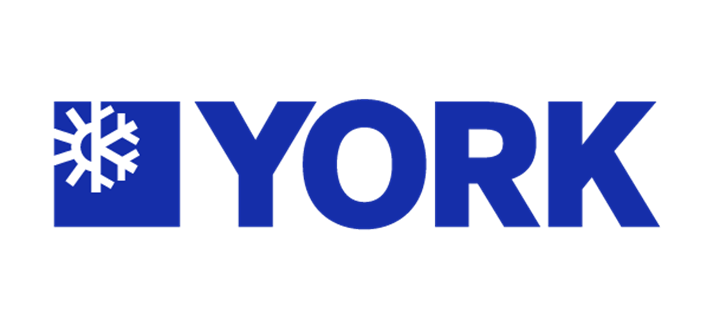



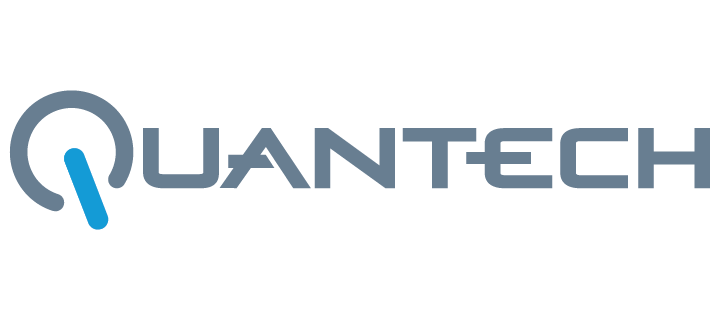
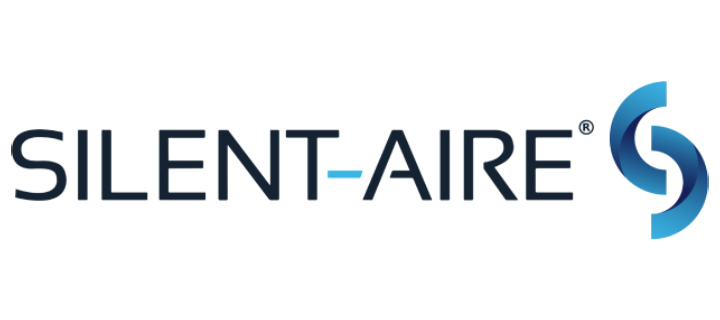

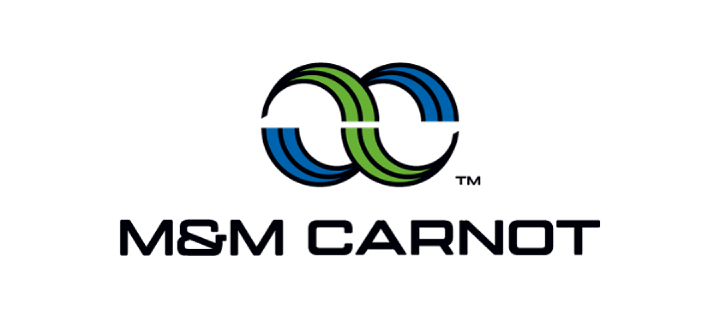
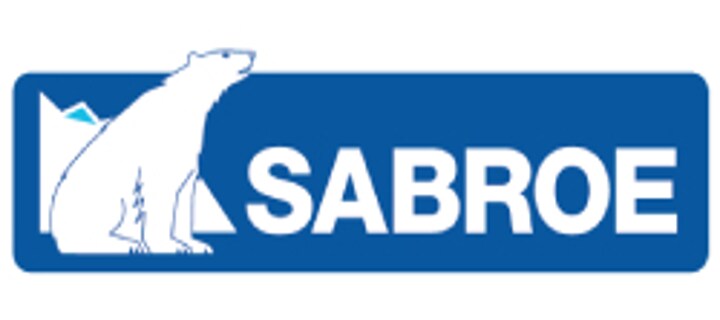
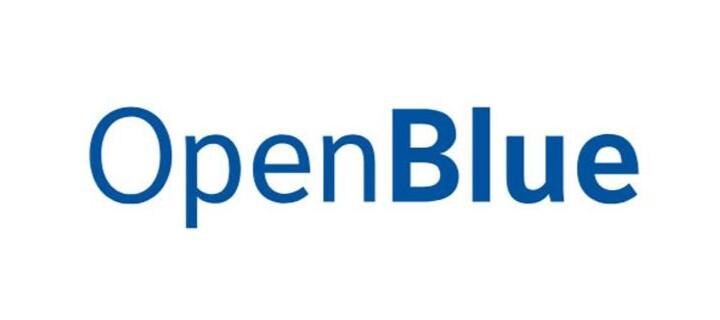
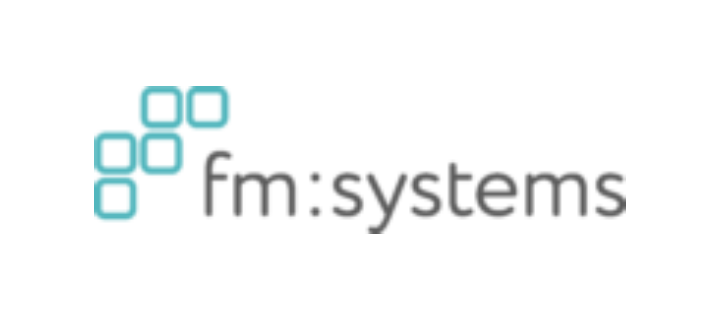


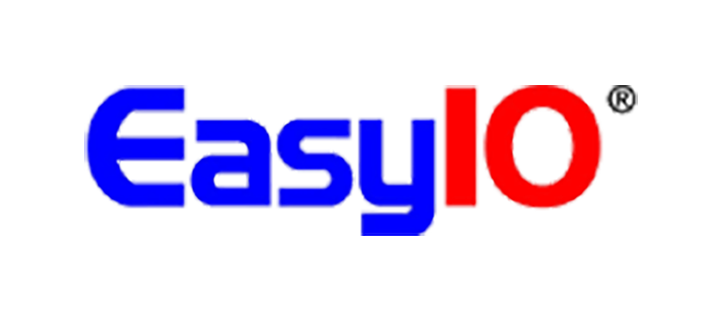
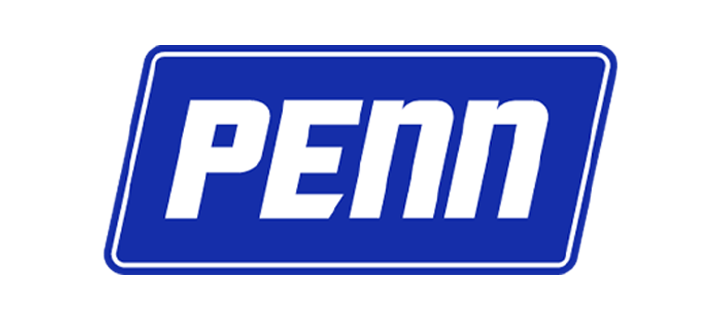

.jpg?la=en&h=320&w=720&hash=244C75B74F0F77521D56164450973BCD)
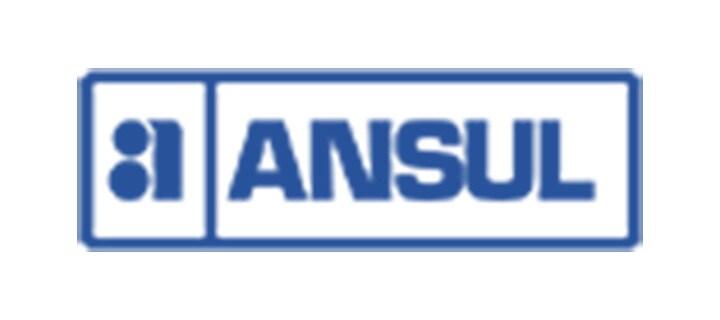

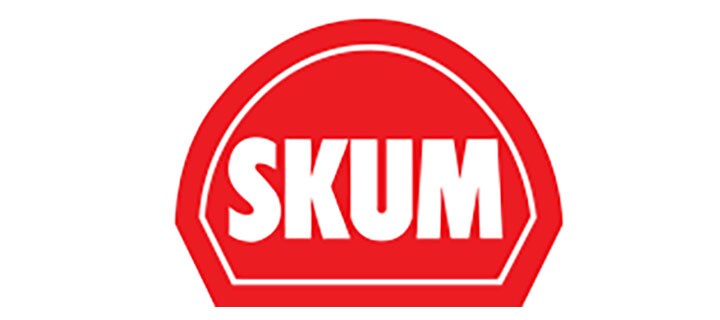

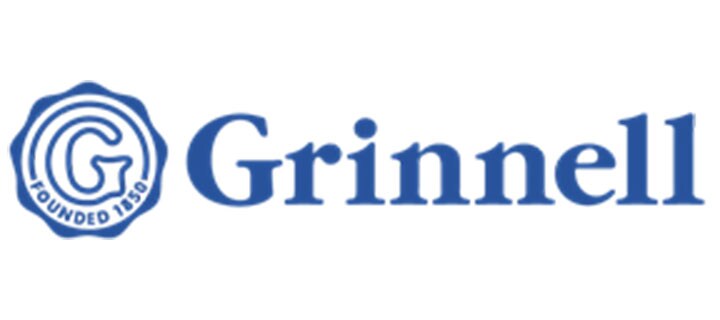
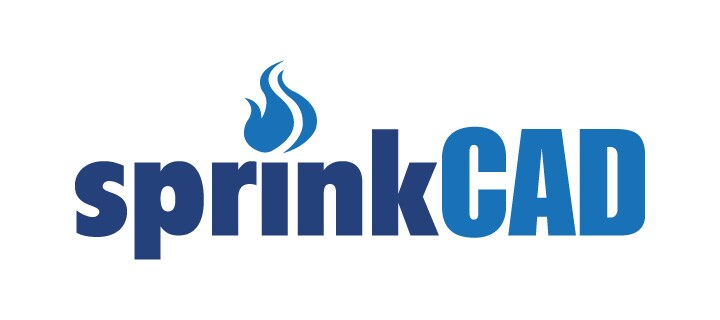
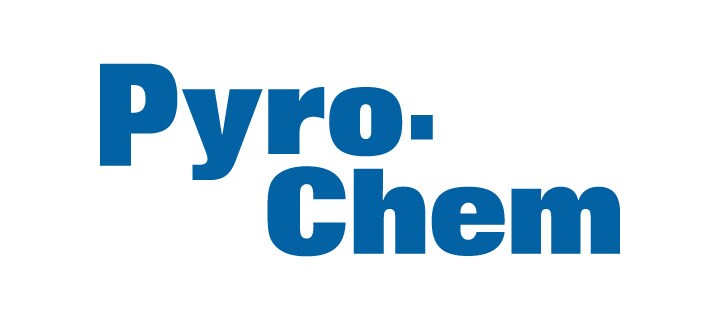
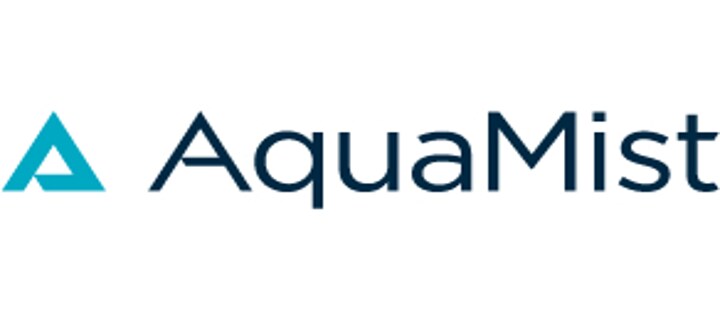


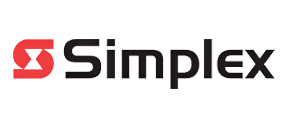
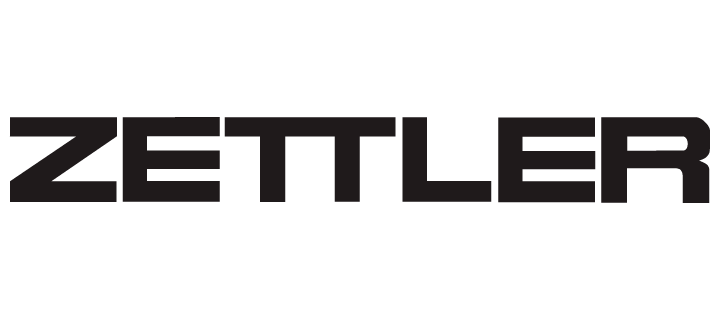
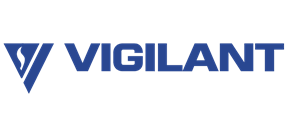
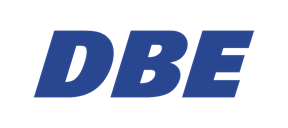
.jpg?la=en&h=310&w=720&hash=8D9823F26AA80B2B75C3E4B2E61770DC)
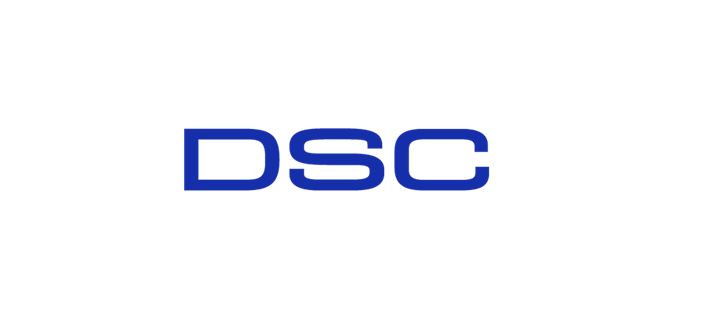
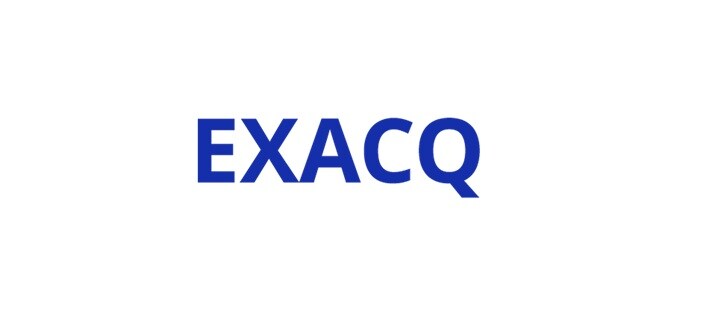
.jpg?la=en&h=320&w=719&hash=13CA7E4AA3E453809B6726B561F2F4DD)
.jpg?la=en&h=306&w=720&hash=F21A7CD3C49EFBF4D41F00691D09AEAC)

.png?la=en&h=320&w=720&hash=18CFCCD916C92D922F600511FABD775D)


